Under the Tooth pulp the inside of the tooth is understood. It also bears the name Tooth pulp.
What is the tooth pulp?
The soft tissue inside the tooth is called the tooth pulp. It is also known as tooth pulp and fills the pulp cavity (Cavum dentis) and the root canals. The pulp is largely composed of gelatinous connective tissue, which is equipped with sensitive nerve fibers. The blood and lymph vessels are also part of the dental pulp.
In colloquial language, the tooth pulp also bears the name Dental nervebut this is incorrect. It is surrounded by the hard tooth substances in the pulp cavity. The pulp cavity extends from the crown of the tooth to the tips of the tooth roots. The course of all inflows and outflows of veins, arteries and lymph vessels leads through the apical foramen. In endodontics, the tooth pulp and the adjacent dentin are referred to as the pulp-dentin complex. This is to emphasize the functional unity of these structures.
Anatomy & structure
From a macroscopic point of view, the tooth pulp is divided into root pulp and crown pulp. This differentiation can be clinically important, such as in the context of a pulpotomy. In this procedure, the dentist removes the infected crown pulp while preserving the root pulp. In the region of the coronary pulp there is a structure in several layers. Towards the top, it increasingly loses its size.
Basically, the pulp can be divided into several sections. These are the odontoblast fringe, the subodontoblast layer, the Weil zone as well as the bipolar zone and the core zone. The odontoblastic border acts as the first layer. It is superimposed on the preacher and has an arrangement in the form of a palisade. The tomes fibers, elongated cell processes, are sent from the odontoblasts into the dentinal tubules. The fibers are closely connected to one another. There is a columnar arrangement of odontoblasts on the coronary pulp.
In the middle area of the root pulp they have a cube shape, while in the apical root region they flatten and ultimately are completely absent. So-called cave cells, which mark the subodontoblast layer, attach to the odontoblasts. These bipolar preodontoblasts serve as stem cells for the replenishment of cells for the odontoblast layer.
The pulp tissue adjacent to the odontoblastic layer is called the Weil zone. This has fewer cells than the other pulp zones. To do this, it contains cytoplasmic processes that come from fibroblasts. There are also some terminal branches of nerve fibers. The bipolar zone adjoins the zone with poor cell nuclei. There are a large number of cells that are densely packed and have a spindle-shaped nucleus. Since the cells look as if they were equipped with two poles, their section was named "bipolar zone". Replacement cells from pulp and fibroblasts are abundant in this zone.
Collagen is made by the fibroblasts. In this way, they ensure the creation of a fiber network. This is where the cells and the extracellular matrix are embedded. The pulp core area is separated from the bipolar zone. What is meant is a strand of connective tissue with a gelatinous structure. Blood vessels, nerves and different cell types are found in the cord. These include lymphocytes, macrophages, fibroblasts and mesenchymal cells.
Function & tasks
The tooth pulp performs various important tasks. This includes u. a. the synthesizing of dentin. It is important to distinguish between several types of dentin. Primary dentine is produced until the root has finished growing. Once the tooth has fully matured, production switches to secondary dentine.
The synthesis of the secondary dentine proceeds continuously. This in turn leads to a slow reduction in the size of the pulp cavity. Furthermore, the formation of irritant dentine close to the pulp as a reaction to stimuli of a mechanical, thermal or chemical nature is possible.
The pulp vascular system has the task of supplying the dentin with nutrients. The tooth pulp also has a sensory function. It is able to register mechanical, thermal, chemical and osmotic stimuli. How the transmission of pain stimuli from the dentin to the pulp takes place has not yet been precisely clarified. It is assumed that the transmission of the stimuli is taken over by the odontoblastic processes. Another important task of the tooth pulp is the defense against harmful microorganisms.
You can find your medication here
➔ Medication for toothacheDiseases
The pulp is susceptible to various pathological changes. This primarily includes pulpitis, which is an inflammation of the tooth pulp. Pulpitis becomes noticeable through toothache and feelings of pressure. Inflammation of the pulp causes pressure to build up inside the pulp cavity. This radiates to the adjacent tissue and the tooth nerve. In contrast to other areas of the body, it is not possible to redirect the pressure to the neighboring soft tissues.
Pulpitis can occur in milk teeth as well as in permanent teeth. It is caused by tooth decay, which causes the pulp to be infected with harmful bacteria. The caries in turn is caused by bacterial plaque. In the event of deep decay of the tooth substance, the bacteria are able to penetrate the pulp and trigger inflammation. However, acidic food residues, injuries, dental fillings or crowns can also be the reason for pulpitis.
Further damage to the tooth pulp is apical periodontitis at the tip of the tooth root, an odontogenic infection with an abscess or a pulp grain, which leads to the death of the pulp tissue.

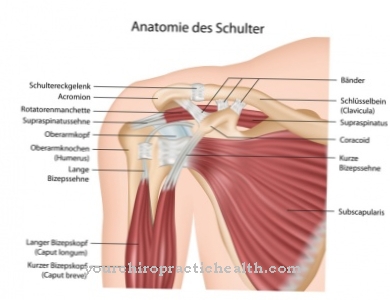
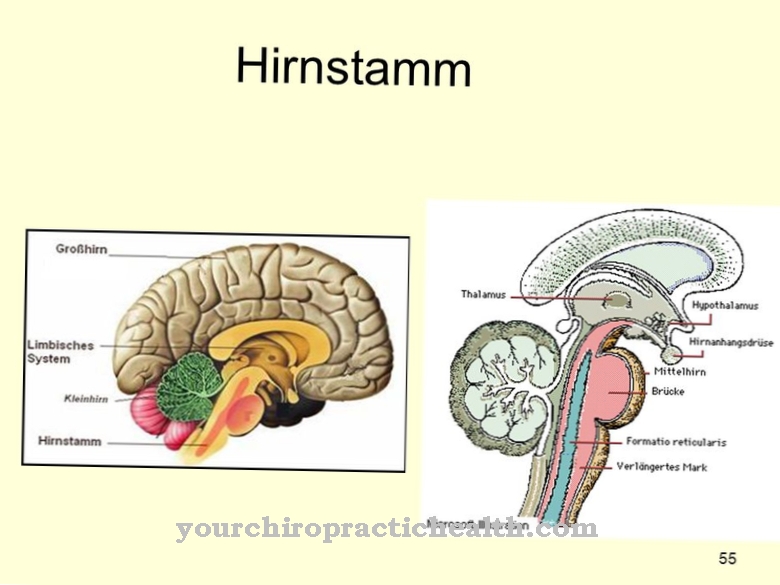

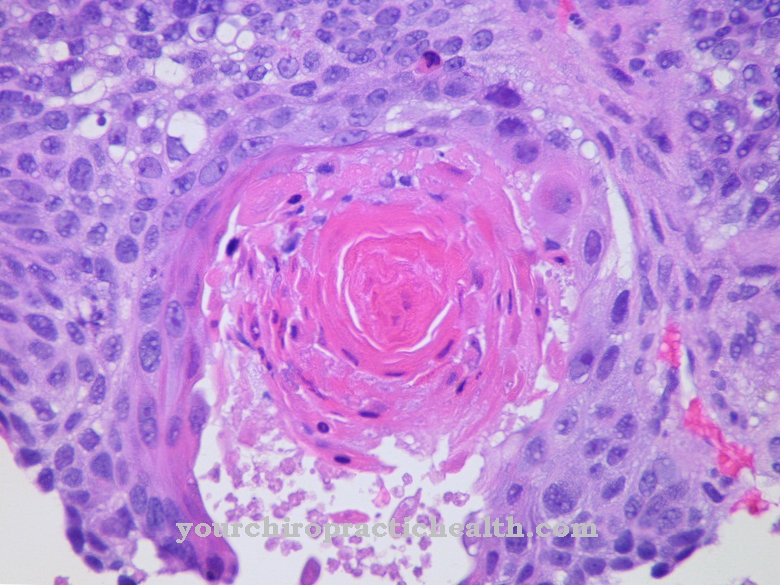
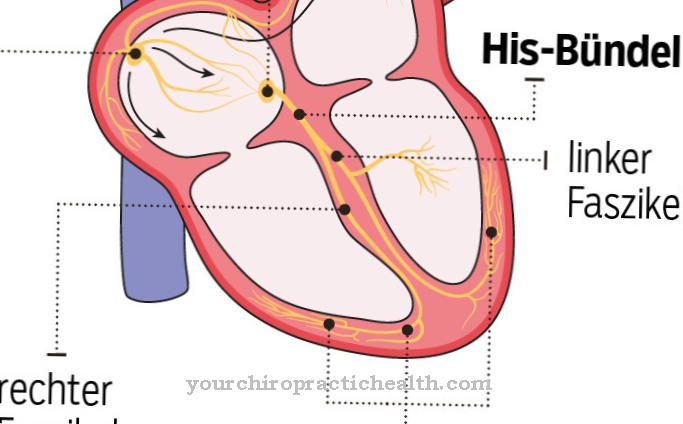
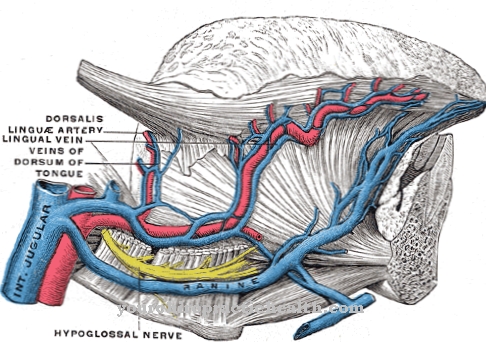






.jpg)

.jpg)
.jpg)











.jpg)